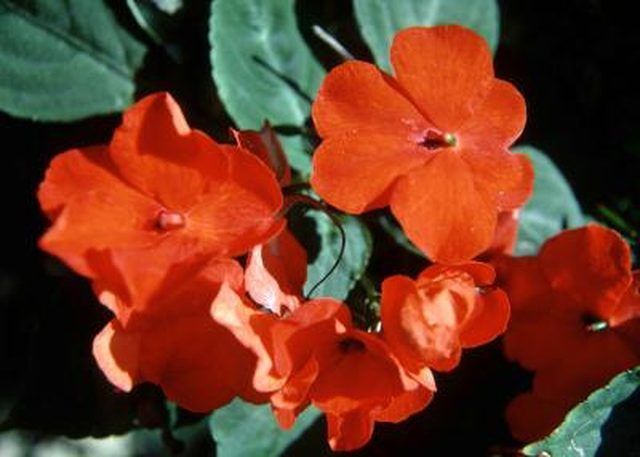Bulbs
Flower Basics
Flower Beds & Specialty Gardens
Flower Garden
Garden Furniture
Garden Gnomes
Garden Seeds
Garden Sheds
Garden Statues
Garden Tools & Supplies
Gardening Basics
Green & Organic
Groundcovers & Vines
Growing Annuals
Growing Basil
Growing Beans
Growing Berries
Growing Blueberries
Growing Cactus
Growing Corn
Growing Cotton
Growing Edibles
Growing Flowers
Growing Garlic
Growing Grapes
Growing Grass
Growing Herbs
Growing Jasmine
Growing Mint
Growing Mushrooms
Orchids
Growing Peanuts
Growing Perennials
Growing Plants
Growing Rosemary
Growing Roses
Growing Strawberries
Growing Sunflowers
Growing Thyme
Growing Tomatoes
Growing Tulips
Growing Vegetables
Herb Basics
Herb Garden
Indoor Growing
Landscaping Basics
Landscaping Patios
Landscaping Plants
Landscaping Shrubs
Landscaping Trees
Landscaping Walks & Pathways
Lawn Basics
Lawn Maintenance
Lawn Mowers
Lawn Ornaments
Lawn Planting
Lawn Tools
Outdoor Growing
Overall Landscape Planning
Pests, Weeds & Problems
Plant Basics
Rock Garden
Rose Garden
Shrubs
Soil
Specialty Gardens
Trees
Vegetable Garden
Yard Maintenance
How Cold Can Impatiens Get?
How Cold Can Impatiens Get?. Impatiens, sometimes called bizzy lizzies, are a flowering plant from tropical southern Asia. Often used by gardeners in warm months to bring color to shady parts of the garden, impatiens thrive under trees or in the shadow of a building.

Impatiens, sometimes called bizzy lizzies, are a flowering plant from tropical southern Asia. Often used by gardeners in warm months to bring color to shady parts of the garden, impatiens thrive under trees or in the shadow of a building.
Frost Tolerance
The succulent stems and thin leaves of impatiens do not endure temperatures of 32 degrees Fahrenheit or below. Even with temperatures below 36 degrees, low elevations may collect frost and cause partial defoliation of impatiens. Sometimes individual plants may endure a brief encounter with 30 degrees and emerge unscathed.
Types
The thicker, more leathery-textured leaves of the New Guinea hybrid impatiens may look better in the garden after nighttime lows in the 30s. They, too, are usually killed once tissues are frozen at 32 degrees.
Prevention/Solution
Don't plant impatiens outdoors until the last expected spring frost date passes. If you wish to protect impatiens from late springtime or early fall frosts, place stakes over the flowers that rise 6 inches above the tops of the plants. Cover the plants with an old bedsheet or frost-cloth to retain ground heat and prevent plant damage.